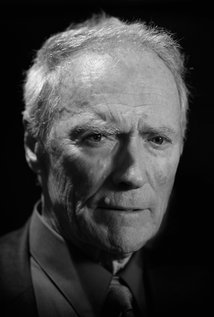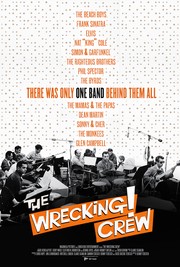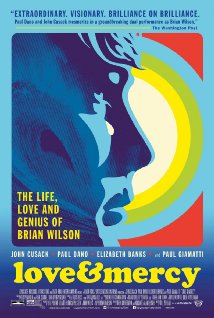Straight Outta Compton (2015)


Content by Tony Macklin. Originally published on August 16, 2015 @ tonymacklin.net.
When one goes to see Straight Outta Compton, he knows he's going to experience violence, police harassment, gang conflict, vicious hostility, and appalling destruction.
What is surprising - despite the galling downbeats - is how buoyant Straight Outta Compton is. And buoyancy transcends.
Because of its heart and spirit, Straight Outta Compton is even for some of those who don't know the difference between Ice Cube and Ice-T.
Making a film such as Straight Outta Compton about the revolutionary rap group N.W.A is fraught with challenges. It is based on actual people and events, so there are clashing egos involved and panting lawyers ready to sue.
Ice Cube, Dr. Dre, and Tomika Woods-Wright are credited as producers on the film, and obviously each protects his or her interests.
Since he's a producer, one knows that Ice Cube is going to come off well in the film. His son (O'Shea Jackson, Jr.) portrays him. But it's happy nepotism, because O'Shea is convincing and appealing.
Corey Hawkins as Dr. Dre and Jason Mitchell as Eazy-E add pulsating credibility to the hip hop scene. The actors get to the humanity of the icons.
Tomika is forcefully portrayed by Carra Patterson.
Paul Giamatti is on the verge of being typecast as a manipulative, power-hungry authority figure. Paul, if that's your desire, please get back to John Adams.
At least in Straight Outta Compton, as manager Jerry Heller, Giamatti has more dimension than his simplistic characterization in Love and Mercy.
A major character who is one-dimensional in Straight Outta Compton is producer Suge Knight (R. Marcus Taylor). He is almost a generic cartoonish villain. He is a sketch, more than a character. [Maybe the filmmakers didn't want to upset Knight, who now in actuality has been charged with a recent murder.]
Another central character in Straight Outta Compton is Compton, California, itself. N.W.A. speaks for Compton and other wasteland communities - it speaks loudly and rambunctiously. A sad, benighted community finds a galvanic voice. As the first line of narration in the movie says, "You are now about to witness the strength of street knowledge."
And the "attitude" is compelling. Straight Outta Compton is based on the rise and fall of N.W.A. The rise is always more entertaining than the fall in this kind of film.
As in this year's Love and Mercy - about Brian Wilson and the Beach Boys -, the best scenes in Straight Outta Compton are when they create the music. The act of talented creativity is ebullient.
Films about music are often grounded in their setting. For instance, 8 Mile (2002) was shot in Detroit (the 313), and Eddie and the Cruisers (1983) had scenes shot in Somers Point, New Jersey (Tony Mart's). Locale can give a film authenticity. When Californian Clint Eastwood tried to capture New Jersey in Jersey Boys (2014) he was out of his element.
Straight Outta Compton leaps from the environment of Crenshaw Boulevard and the Ghetto.
Director F. Gary Gray - with screenwriters Jonathan Herman and Andrea Berloff - has a yeoman's task of making his film work. It's distended in the second half, despite being cut down from its original length.
But Gray achieves an effective tone - there are some unexpected moments of humor amidst the rancor and chaos.
Despite being muddled at times, Straight Outta Compton is an apt examination of the rapacious human condition.
And it celebrates the wonders of creativity.







